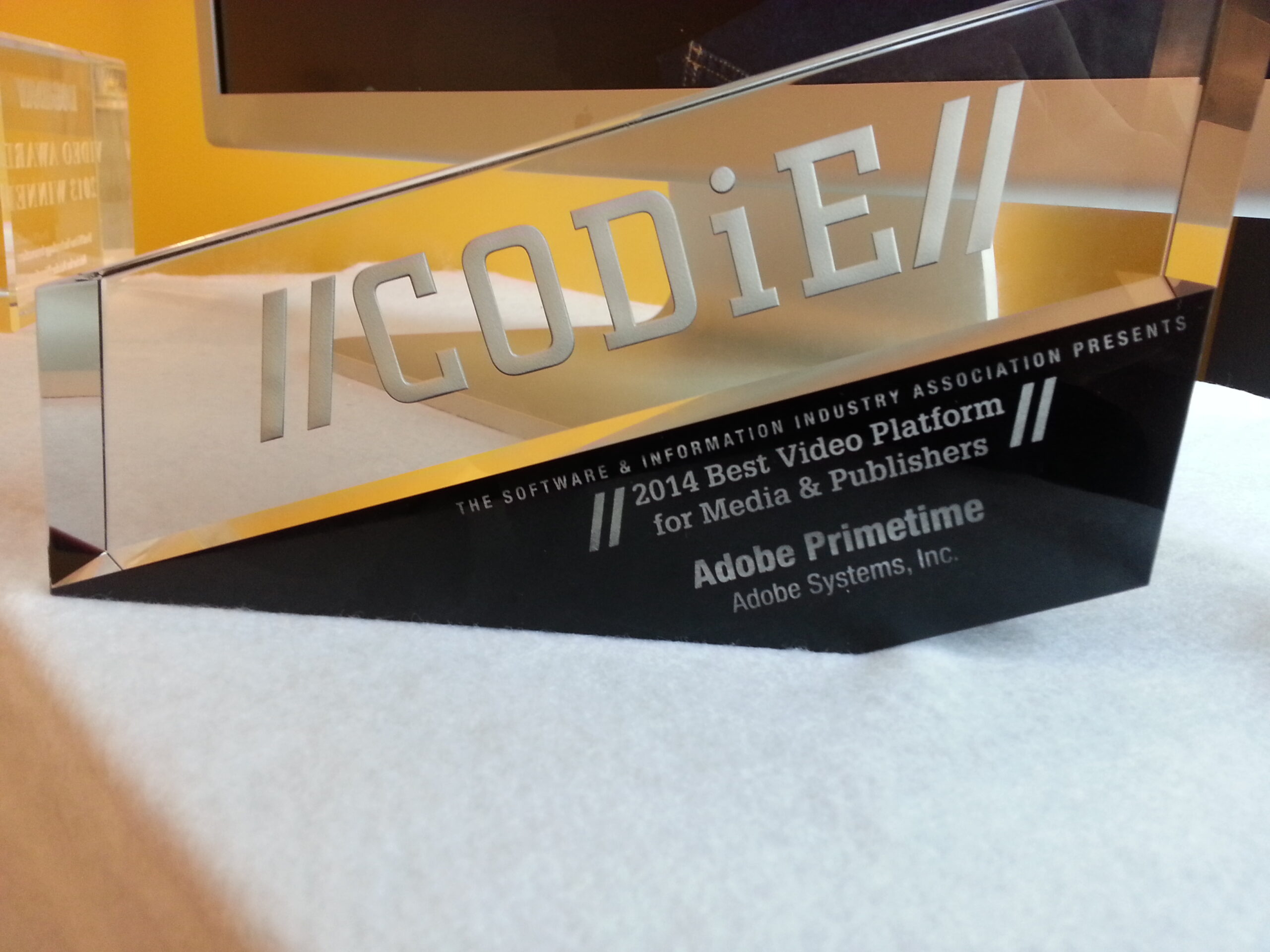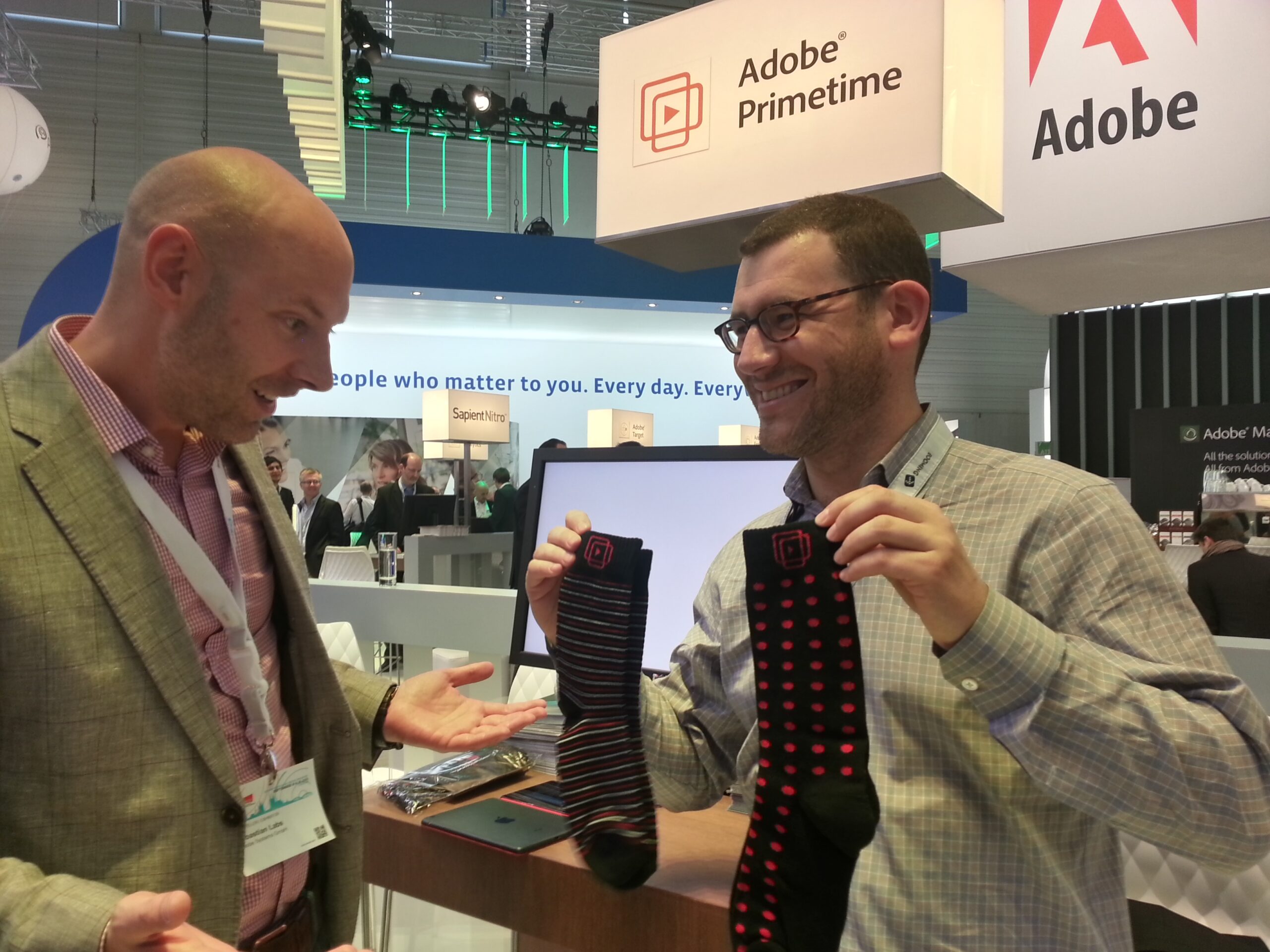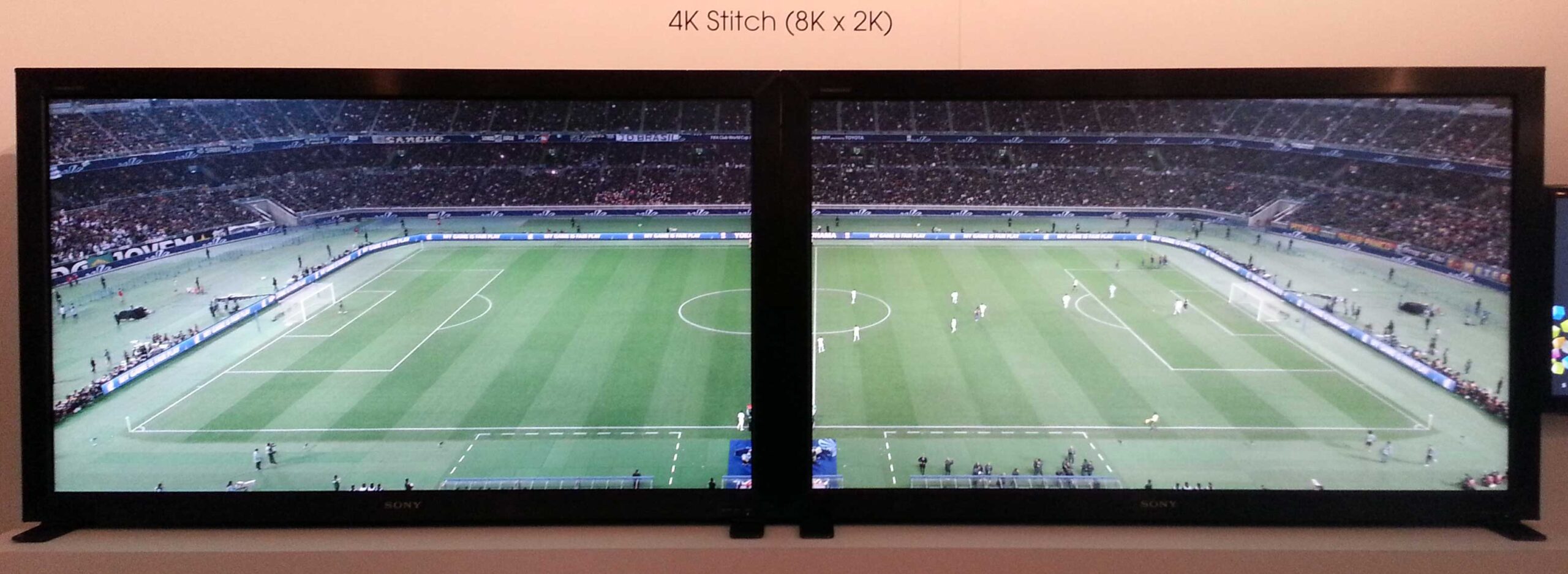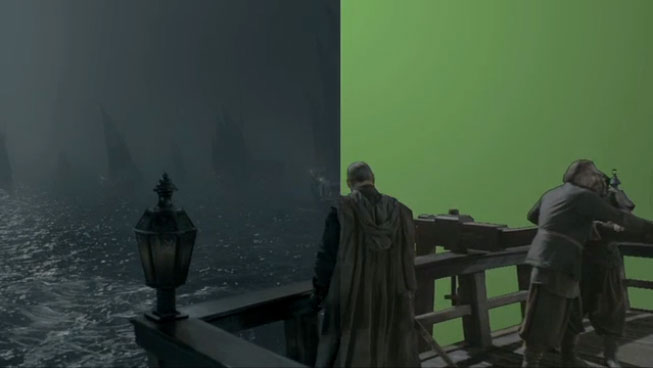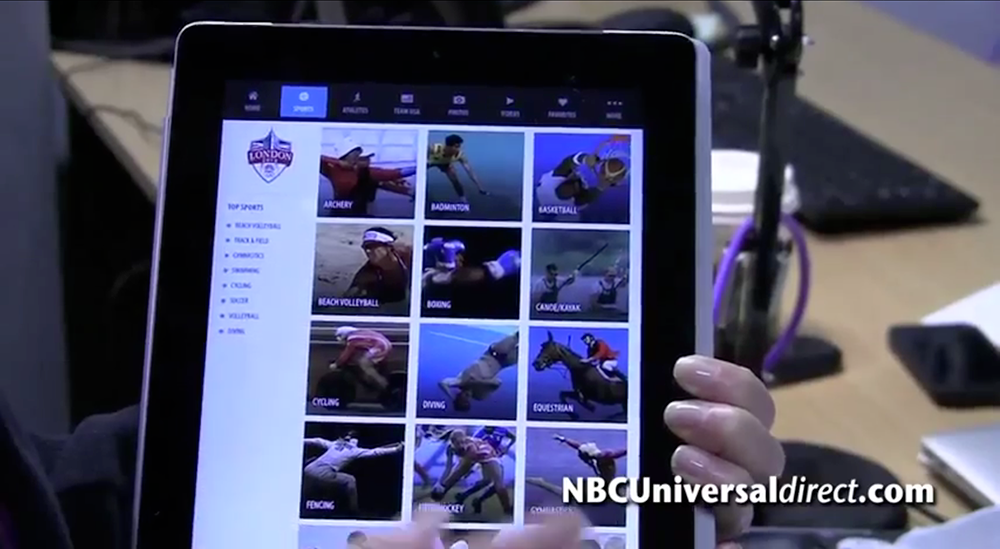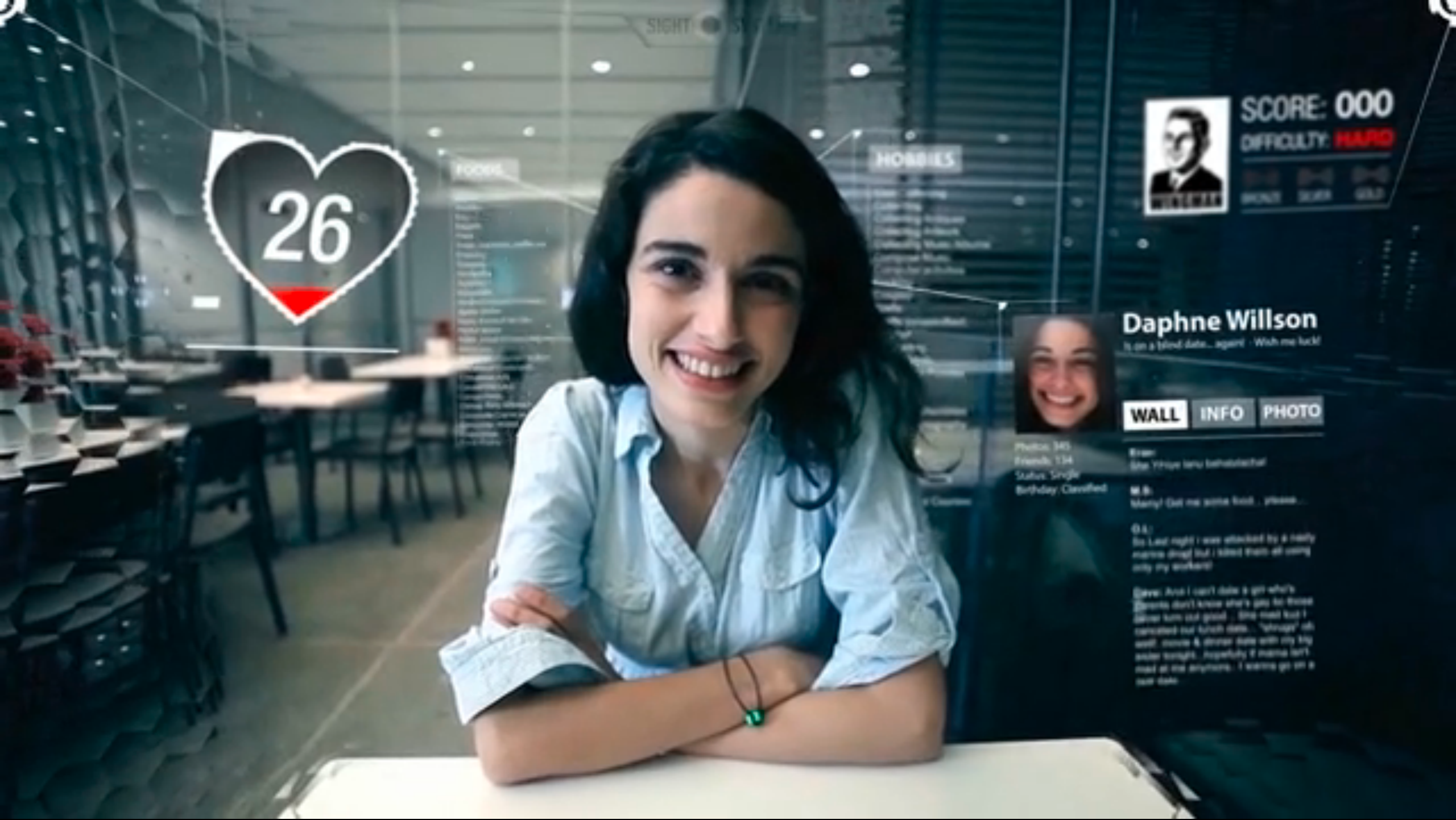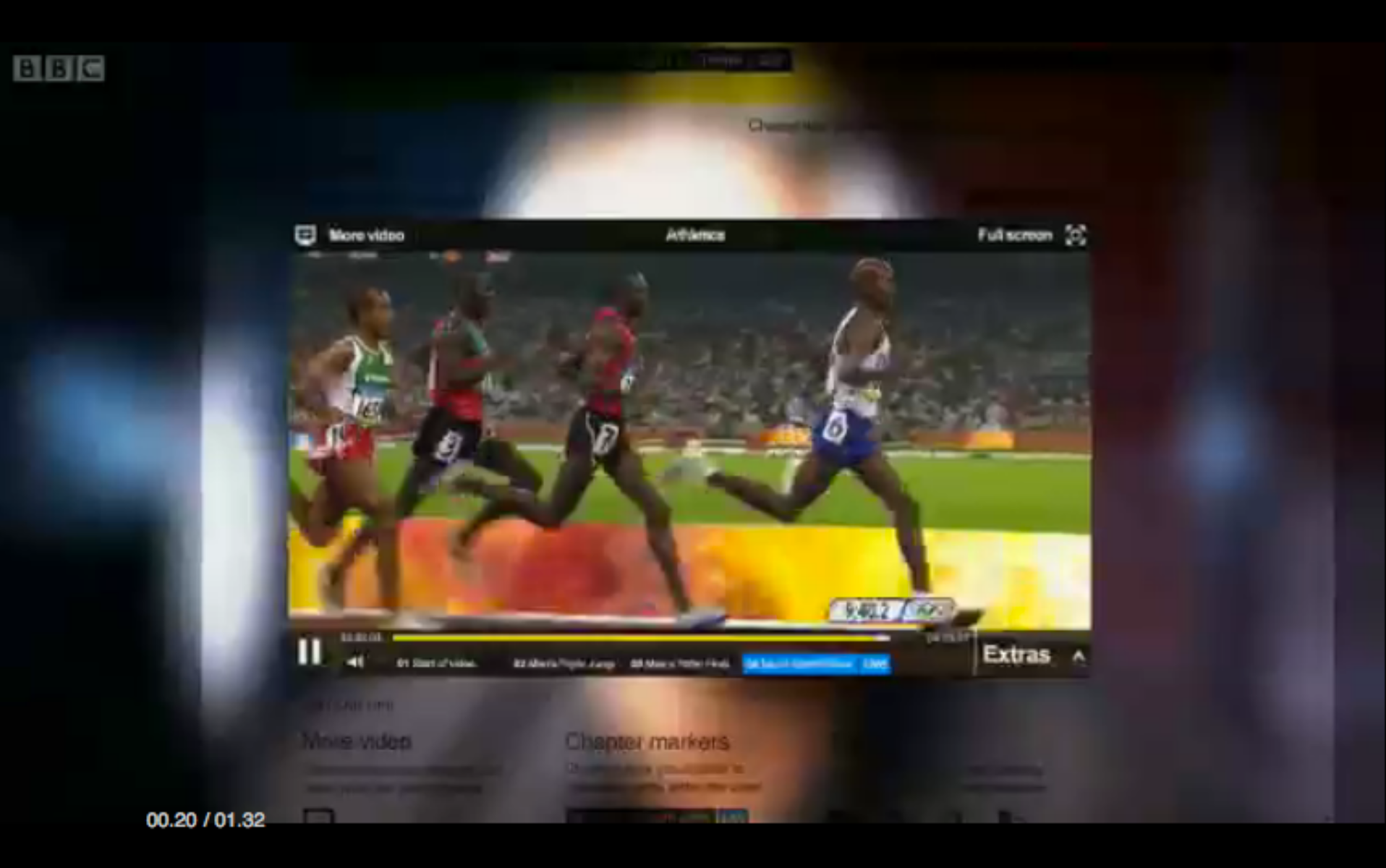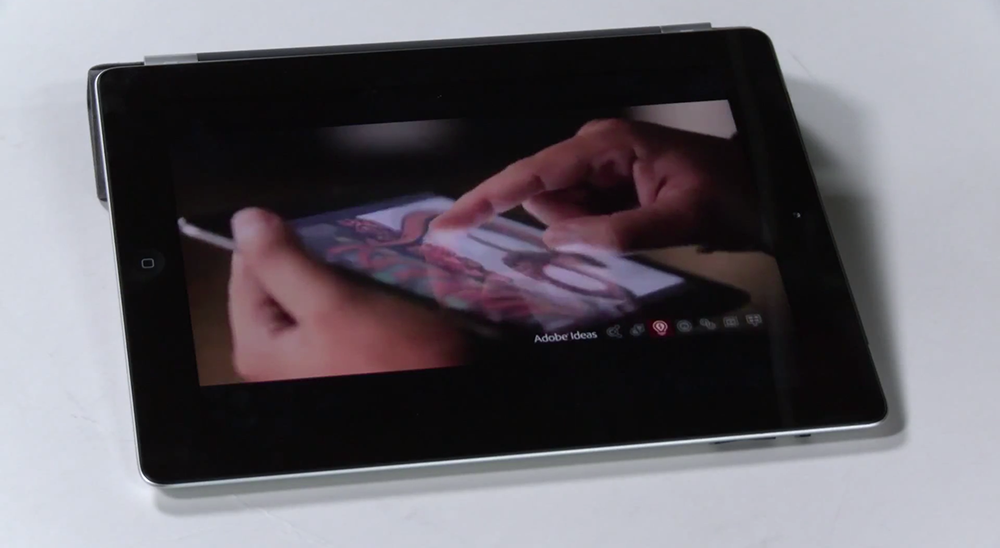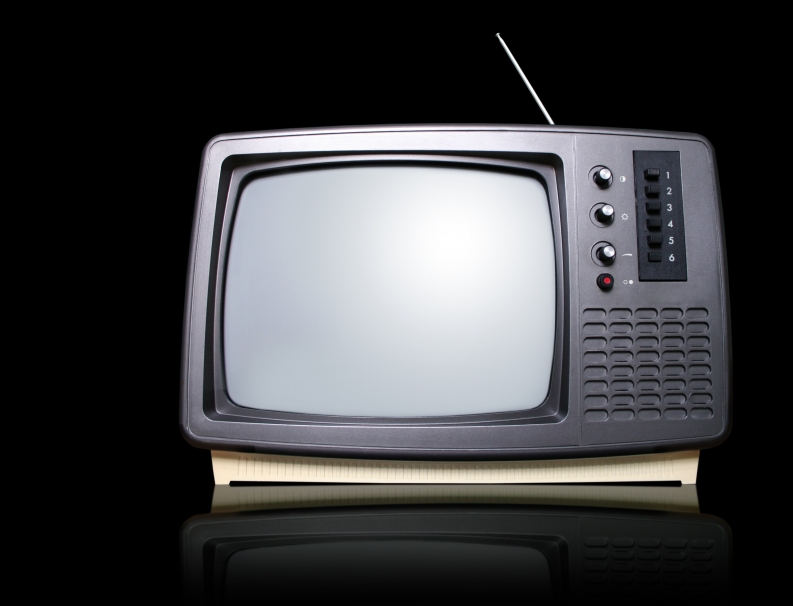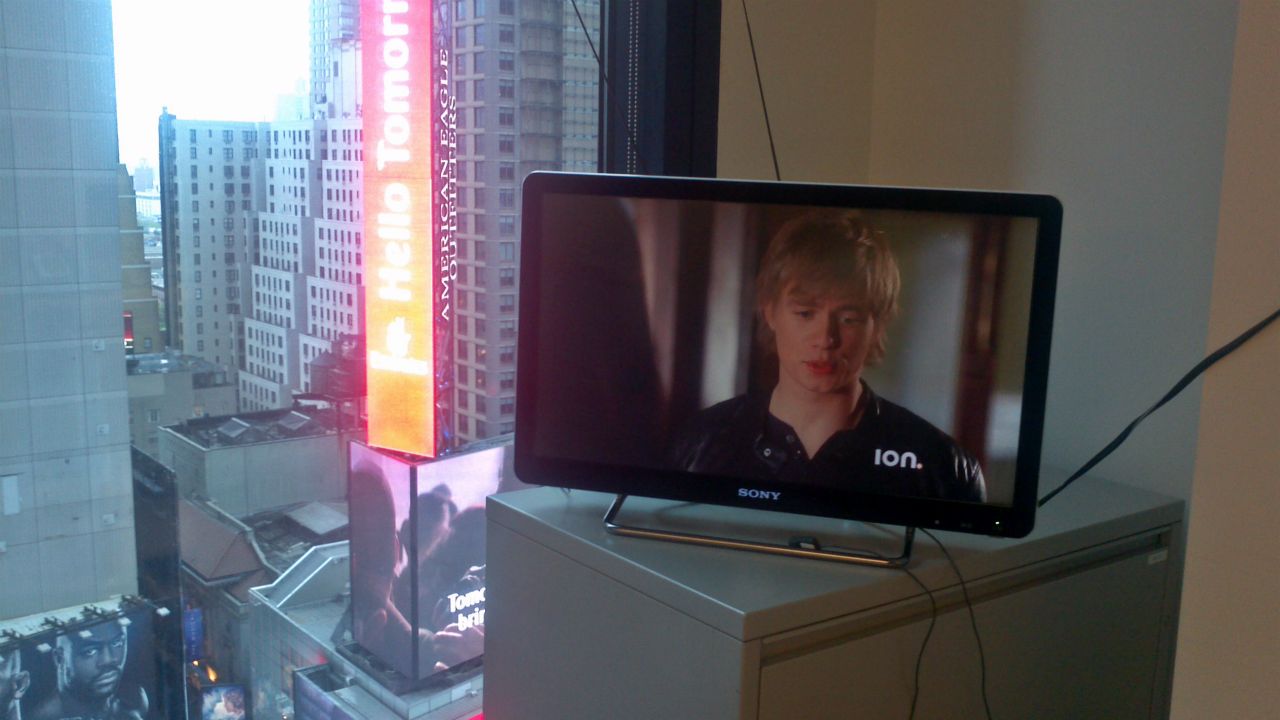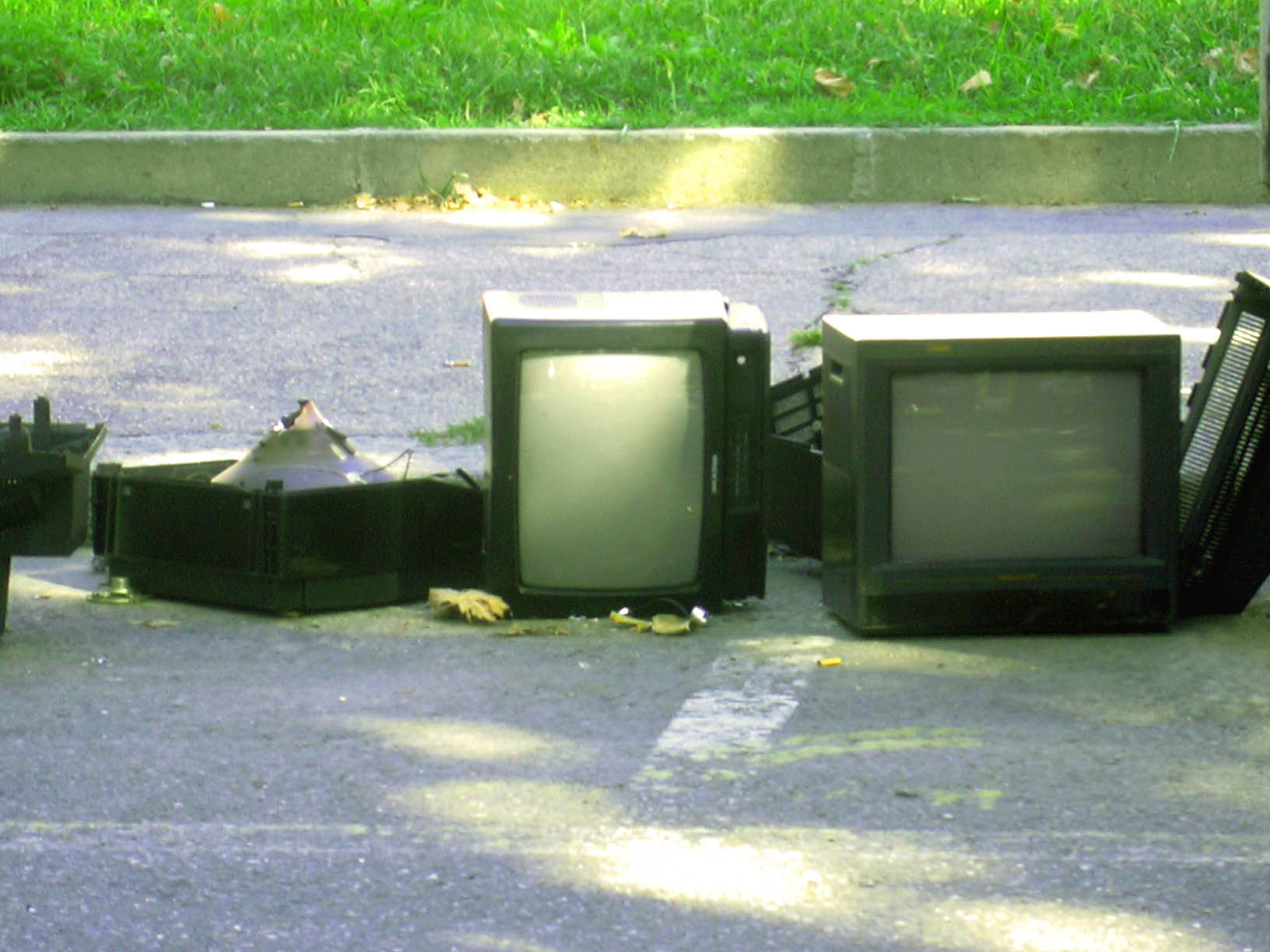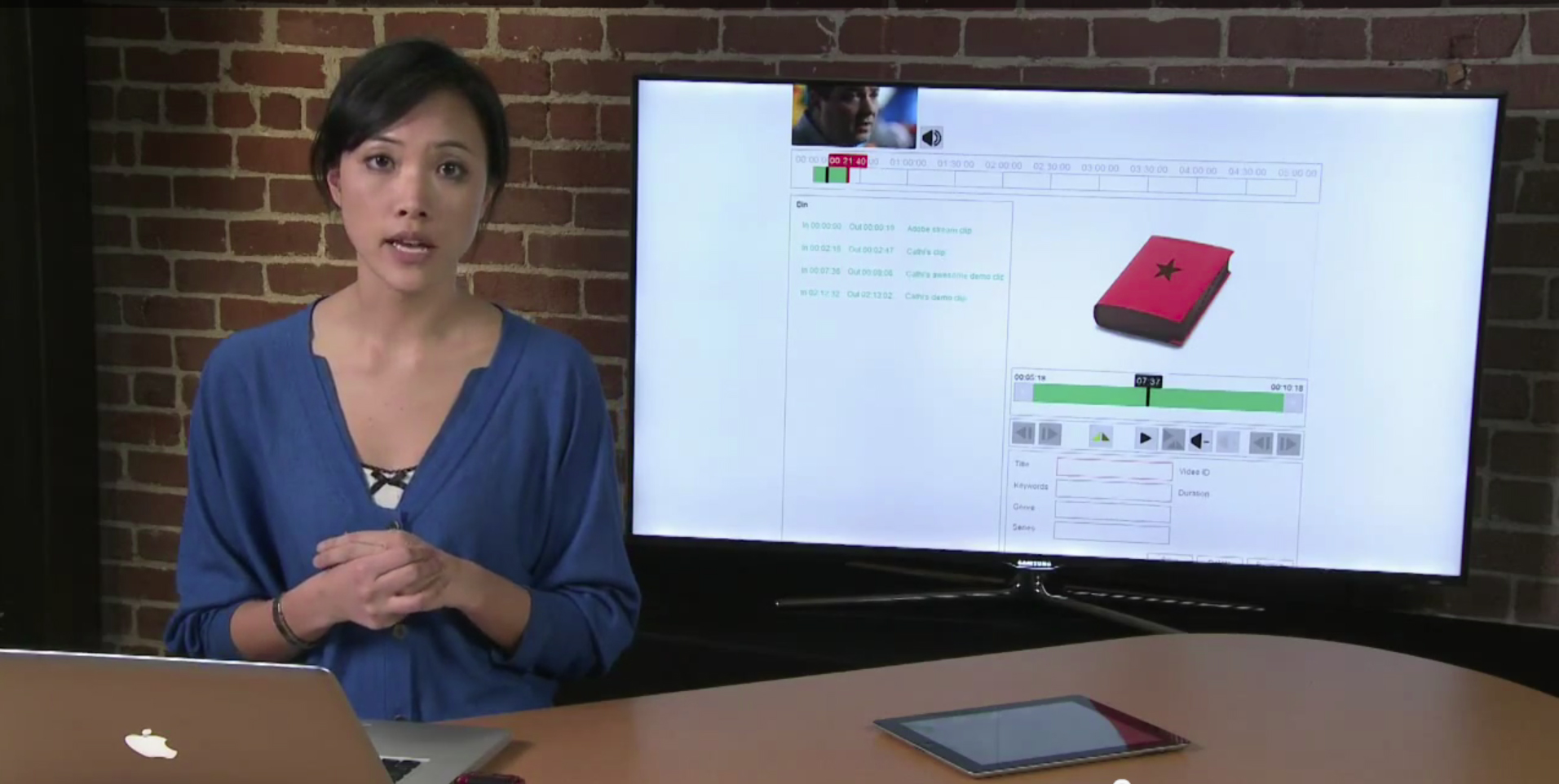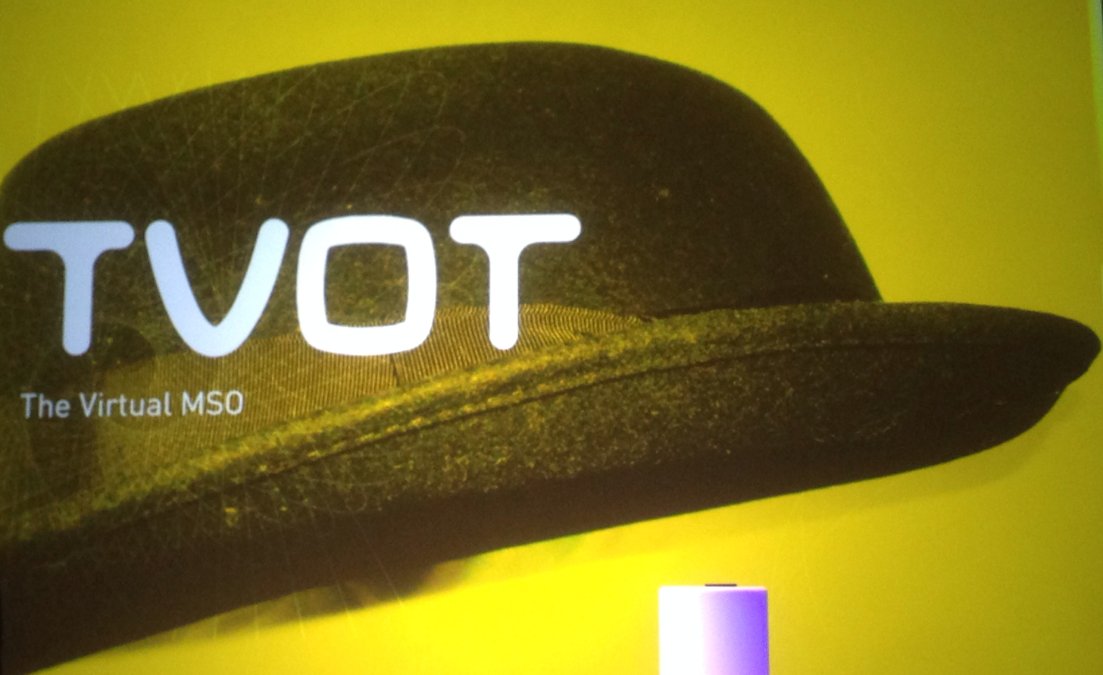
One of the most interesting debates taking place in streaming video circles these days is – how should we define TV, now? It seems semantic, but the question has come up in several recent meetings, conferences and blogs dedicated to the future of TV.
Before I attempt to add my voice to the debate, lets take a step back and have a look at the TV we once knew. The term “television” has always encompassed a menu of technologies and services cooperatively responsible for the video entertainment we’ve enjoyed in our living rooms.
TV was a reference to the box itself, the programs delivered through the box, the commercial interruptions that accompanied the programs, and the signal delivery methods used by broadcasters and later cable providers to reach our homes. Eventually, even the programming guides became synonymous with TV. Nielsen was the single source of audience measurement and became responsible for verifying programming reach on behalf of advertisers. TV was the holistic delivery platform for these services and arrived into the home via a single subscription from your cable company. That was then.
As computing power has expanded and viewing devices proliferate each of these categories has encountered its own form of disruption through innovation.
The Television Set now has siblings. The most common being the desktop computer, followed by mobile phones and tablets and internet connected devices like Amazon’s FireTV.
Video Programming: Quality video programming now originates from a long list of sources including ambitious technology companies like Microsoft, Sony, Amazon, Netflix and Google. These companies now see content production as a way to market related hardware or subscription services.
Delivery: Internet distribution of video content is now approaching the quality levels we receive over our cable networks and are delivering 4K experiences ahead of the traditional video service providers.
Content delivery networks, App developers, internet standards bodies and cloud software companies continue to develop the tools necessary to ensure higher quality & reliable delivery of internet streamed video.
Commercials: Online video advertising companies now effectively compete with TV for commercial ad dollars. In the process online providers have invented technologies that allow for personalized Ad serving, third party sold Ad inventory, Ad marketplaces and programmatic video Ad Exchanges. Fueling a process ascending towards higher yielding and better targeted commercials.
Audience Measurement: Internet delivery of video content has opened a pandora’s box of tracking capabilities never before available to advertisers and video content providers. Every single consumer interaction with a internet video player, website or App can be tracked and stored. Providing participants in the TV ecosystem with more intelligence than previously possible. However, measurement standards remain challenging on these new platforms.
—————————————————————————————————–
Now that the TV ecosystem has opened up, who is the rightful owner of the term television?
Television has always been an integrated product relying on a combination of organizations for its packaging, delivery quality, marketing and measurement. Cloud delivered backend software, mobile devices, websites and Apps have simply reorganized the traditional components lowering the barriers to entry and providing the consumer with infinite choices for video entertainment.
The term “television” is truly a reference to the traditional video entertainment companies that once dominated our living room, the ecosystem of backend delivery companies and measurement providers that supported them. Everything else falls under the category of “video”. There are now many flavors of video – we have “Streaming video on demand”, “IP Video”, “User Generated Video”, “Live Streaming Video” etc.
These new video formats borrow elements from the traditional television model. The new video operators are focussed on growth and in doing so are putting pressure on traditional TV providers to innovate and compete. As a result cross platform video offerings have begun to blur. ESPN is both a television provider and live streaming video provider through its WatchESPN App. Disney now organizes the production of content for ABC and its newly acquired Youtube Content Network, Maker Studios.
These lines will continue to blur as the programming quality improves for new video providers and traditional television programming finds its way online. As this transition takes place the industry needs to work to embrace the new realities of consumer choice, not by repurposing a term from the past, but by creating new consumer friendly terms that best describe the video offerings of today.
E-Commerce stuck as a term that describes retailing that involves internet enabled transactions. Fortunately, Amazon didn’t market itself as the “the next-gen retailer” or the “retailer of the future”.
There are terms that naturally grow to describe categories of consumer services. “Television” grew to represent a complex combination of services elegantly delivered into our living rooms through a single appliance. Now’s the time to create new terminology for the innovative burgeoning world of Internet Video.
Image Courtesy of: Television of Tomorrow – TVOT
A guest post by Clive Henry.
The views expressed on this blog are personal views and should not be taken to represent corporate strategy or official Adobe positions. The content of the posts at this site should not be re-distributed by commercial media with explicit permission.






